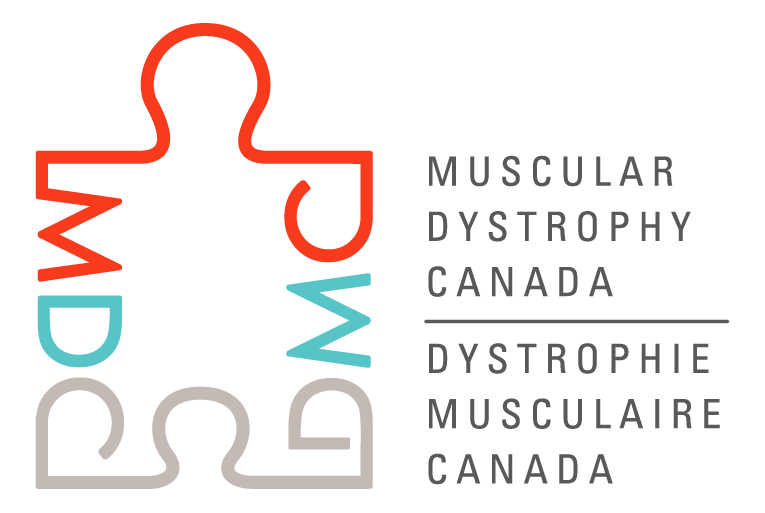Muscle strength reference values for adults: a critical need in NMD
2020
Lead investigator

Dr. Luc Hébert
Université Laval
Quebec City, Quebec
Collaborators & Co-Investigators
- Dr. Elise Duchesne PT, PhD
- Dr. Cynthia Gagnon OT, PhD
- Dr. Bernard Brais, MD, PhD
- Émilie Petitclerc PT, M.Sc.
- Marie-Pier Rousse MPT, M.Sc.
- Marc Perron PT, M.Sc.
Research Sites & Affiliations
- Université du Québec à Chicoutimi, Chicoutimi, Quebec
- Université de Sherbrooke, Sherbrooke, Quebec
- McGill University, Montreal, Quebec
- Université Laval, Quebec City, Quebec
Budget: $97,406.67
Disorders: All Neuromuscular Disorders
Research Areas: Enhance Care
Abstract:Maximal muscle strength (MMS) is a key measure of how well a person’s muscles are working People affected by neuromuscular disorders have weaken muscle strength amongst others. Moreover, in some types of NMDs like myotonic dystrophy type 1 we have shown that strength training leads to lasting improvements in muscle strength (Roussel 2019). In order to be able to know if a person’s maximal muscle strength is “normal” we need a comparison or reference chart of what would be expected of a healthy individuals of similar age, sex, weight and height. This chart will be necessary to identify muscle weakness in order to accurately measure changes overtime and treatment efficacy. To develop this chart this research team will use standardized protocols using high quality, accessible and user-friendly handheld dynamometers (HHD) which can measure in clinic , rapid, accurate, valid, reliable and sensitive MMS value of 300 healthy participants (30 men/30 women in each decade from 18 to 69) using a standardized HHD protocol In addition to provide descriptive statistics of MMSs, predictive equation models will be established from data collected, which will allow clinicians to compare MMS measured to the expected MMS values for the same age and sex.
Such reference values will allow documenting muscle strength changes, assessing intervention effectiveness and guide prognosis in order to optimize healthcare for people living with NMD.
Impact:
